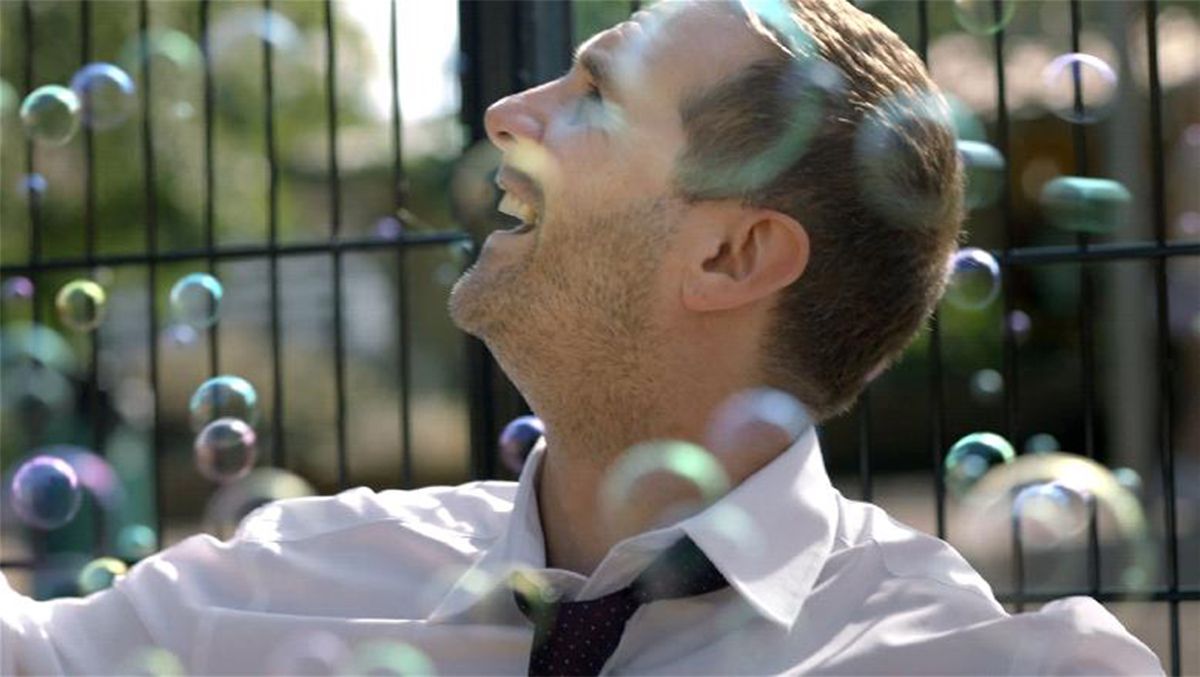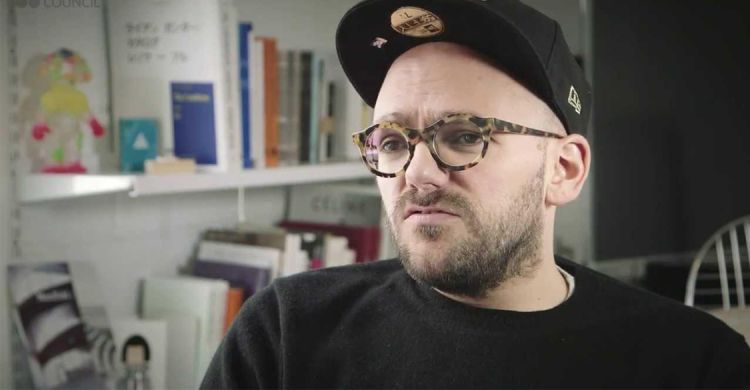

Ryan Gander
Imagineering

Do we have your attention?
Imagineering lasts exactly 68 seconds. Just long enough to get a message across, just short enough to hold your attention. A principle often applied to TV commercials.
Advertising
The video resembles an advertisement in a number of ways. Music is used to catch your attention. The images are clear and fresh, slick and highly polished. They make you feel good. With Imagineering, Ryan aimed to make an advertisement that would stimulate your imagination and creativity and encourage you to form your own ideas. A bit like the LAM, don't you think?
Art or promotion?
Ryan wanted the process of creating Imagineering to be exactly the same as the steps involved in making a TV commercial, from writing a draft through to editing the footage. The only difference is that Ryan Gander is not selling pasta sauce or toothpaste; he is selling an idea.
Rich variety
As an artist, Ryan is involved in various creative endeavours. He creates sculptures, drawings, photos, video works and cards and has even produced a children's book! Language and storytelling are important in his work.
Inventor
Language clearly plays a big role for Ryan. He has even created a word – mitim. This word is a palindrome: it reads the same both backwards and forwards, like ‘racecar’ or ‘madam’. Mitim means ‘a mythical word newly introduced into history, as if it had always been there’.
Bang!
As you can see, Ryan's film features soap bubbles. Vanitas paintings have been created for centuries. ‘Vanitas’ means vanity or emptiness. These works were especially popular in the 17th century and symbolise the transience of life, the fact that death is sure to follow. Certain symbols are commonly used, such as a skull because it belongs to someone who has died; wilted flowers too, because they no longer bloom. Soap bubbles are another recurring symbol. The bubbles are beautiful, but that beauty can vanish from one moment to the next. As everyone knows, soap bubbles burst suddenly, however shiny and colourful they might have been while floating through the air.
Experts
Many of Ryan's artworks are made by technical specialists; he is unable to make them himself.
Prizes
Ryan possesses enough prizes to fill an entire cabinet. In 2003, he won the Prix de Rome in the 'sculpture' category. Prix de Rome is French for 'Rome Prize' and winning it is an enormous honour for an artist. Awarded to artists who are 35 or younger, the prize enables them to continue their work with passion and confidence. In 2006, Ryan won the ABN AMRO Art Prize, and in 2009, he received the Zürich Art Prize.
Gallery
Ryan is married to Rebecca May Marston and they have two daughters. Rebecca opened a gallery called Limoncello in London in 2007. It closed in 2017.
Art critics
Most newspapers have an arts supplement that includes pieces on the visual arts – things that people have made. The writers often express opinions and offer explanations; for example, why they like or dislike something. Much has been written about Ryan in newspapers and online, including:
"The London-based artist's work is versatile, ranging from installation, sculpture and interventions, to writing and lectures."
"Ryan Gander's practice involves a lot of playful puzzles."
Worldwide
Ryan's artworks have been purchased by museums and art lovers alike. They can be found in an enormous number of venues and countries, from the USA and France to England, Italy, Austria and beyond.
Artists used this to create depth in the painting. But they also did it to show that they were very good at painting different tex



